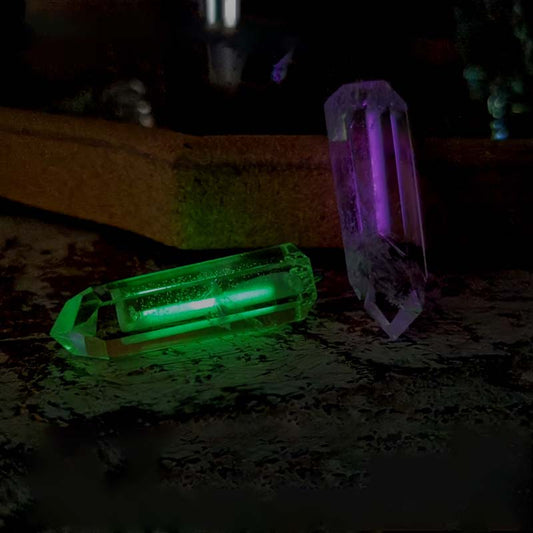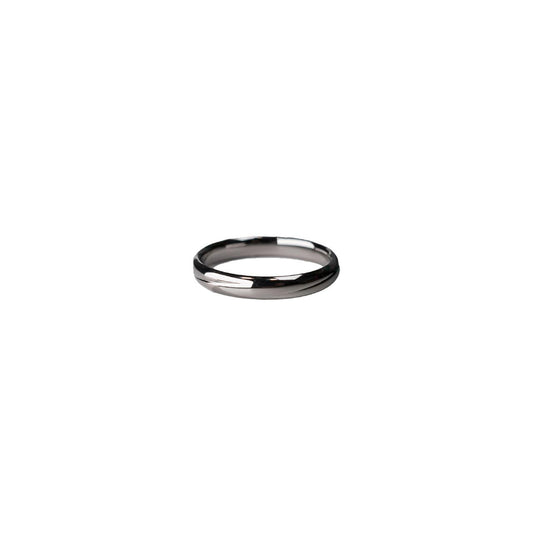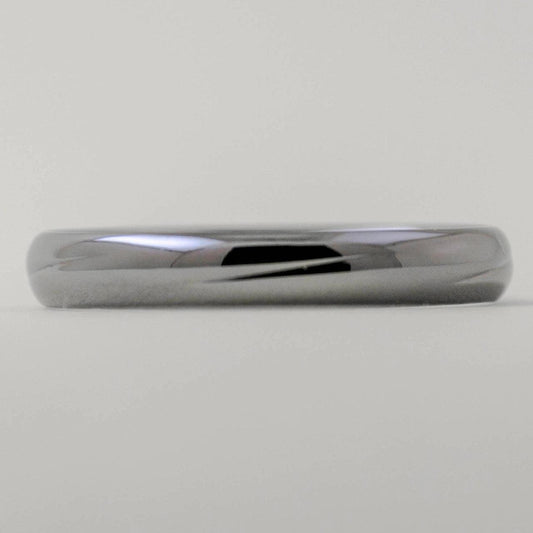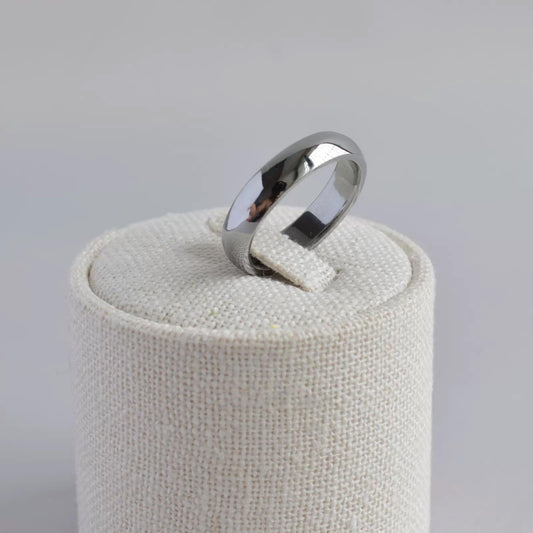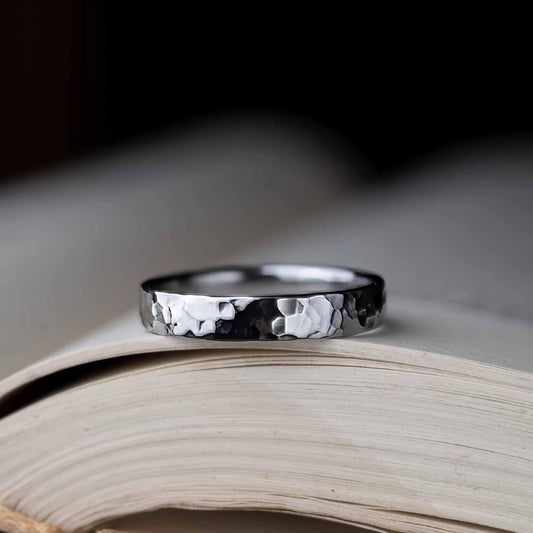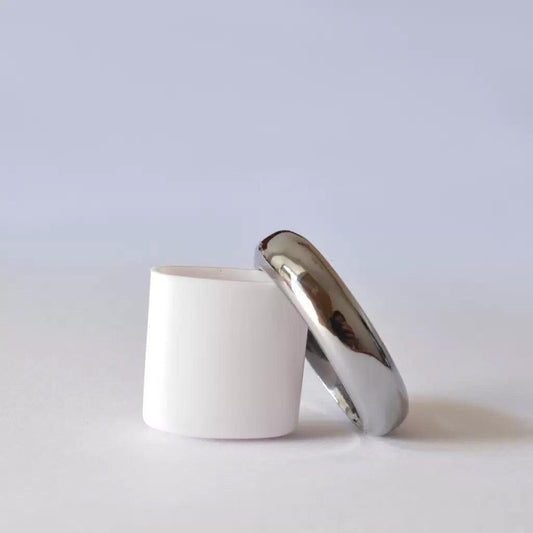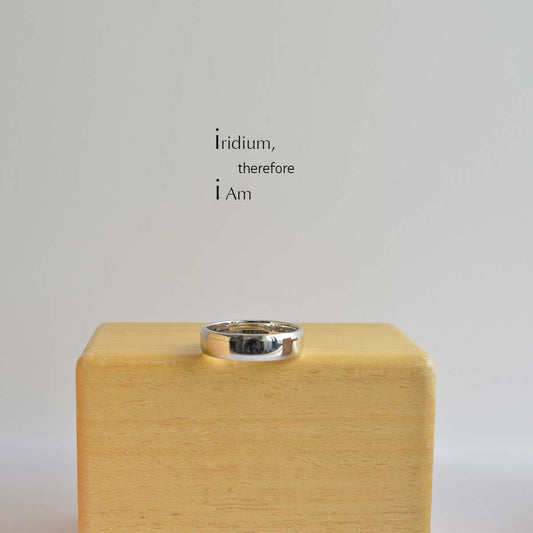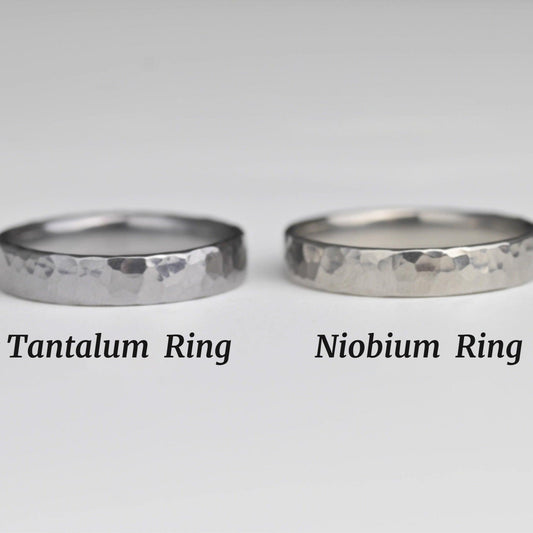Engagement Rings Beyond the Three-Month Salary Myth
Engagement Rings Beyond the Three-Month Salary Myth
The notion that an engagement ring should cost three months' salary is as entrenched as it is debated. Growing up, I remember hearing my uncle mention this so-called rule as he nervously fidgeted with the ring box before proposing to my aunt. It seemed like an elegant guideline at the time, but is there more to it than just a clever marketing ploy?
Let's break it down. This three-month rule can be traced back to a mid-20th-century advertising campaign by a prominent diamond company. It aimed to set a societal standard, subtly suggesting that the more you spent on a ring, the more you demonstrated your love. But love, as we know, is not something that can be quantified or showcased with lavish spending.
In recent years, a shift in mindset has emerged. People are questioning the need to adhere to this rule, reflecting a broader movement toward personal expression and financial mindfulness. Let's consider the practical angle. The cost of an engagement ring is ultimately a financial decision like any other, entailing a balance between expressing commitment and maintaining financial health. Financial gurus often advise against going into debt or compromising future financial security for a piece of jewelry, no matter how significant.
Beyond the financial aspect, there's a cultural dimension to consider. In some parts of the world today, there's a growing trend toward non-traditional rings. Some couples opt for vintage pieces, perhaps a family heirloom or a ring from an era known for its distinctive style. Others choose gemstones that hold personal significance, such as sapphires or emeralds, which can be equally stunning and often more affordable than diamonds.
When my friend Jenna got engaged, she chose a ring with a small, beautifully cut emerald set in a simple band. Her fiancé, aware of her love for the color green and its personal symbolism, spent time finding the perfect stone. The ring didn’t conform to conventional norms, and it certainly didn’t cost three months' salary, but it resonated with them as a couple. That’s what made it perfect.
From my perspective, the value of an engagement ring should be a reflection of personal values, priorities, and circumstances. Couples today have a wonderful freedom to define what is meaningful for them without being tethered to past norms. After all, isn't that one of the keys to a successful partnership—a mutual understanding and respect for each other's views?
So, whether you’re considering spending three months’ salary or three weeks’, remember that the most important thing is the commitment the ring symbolizes, not its price tag. In the end, it’s the shared journey and the stories you create together that hold the real value. What’s your take on it?







